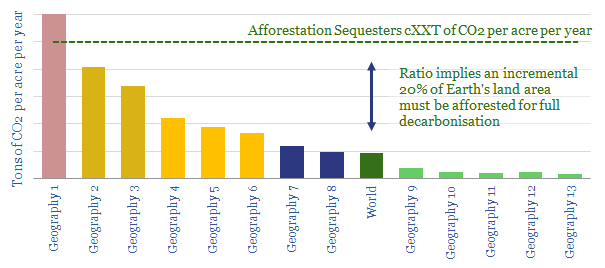
…land-based biological CO2 removal to lower future atmospheric CO2 concentration. Carbon Management 1(1), 145–160. Lewandrowski, J., Peters, M. & Jones, C. (2004). Economics of Sequestering Carbon in the U.S. Agricultural…
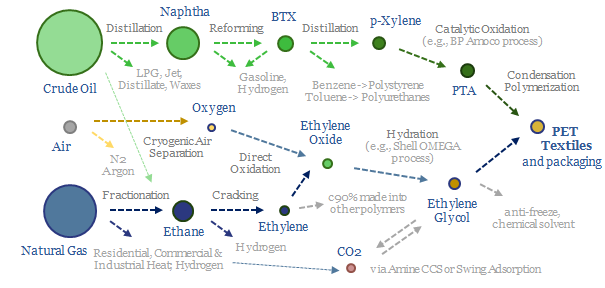
…used as textile fiber. And another 30MTpa is used as a plastic packaging material, e.g., for water bottles and clam-shell food containers. Note that our database of global plastic production…
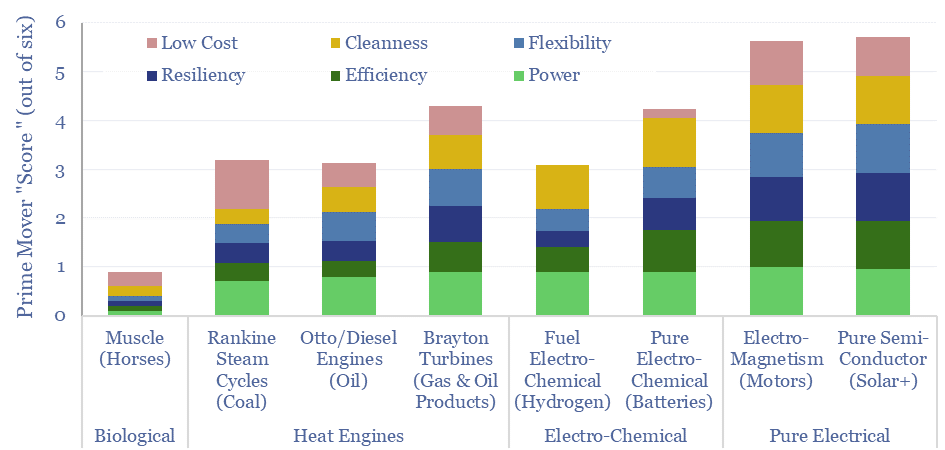
…food energy to useful work (depending on how hard you work the horse), can only cover 25-40 miles in a day, must be treated humanely and annoyingly poops everywhere. So…
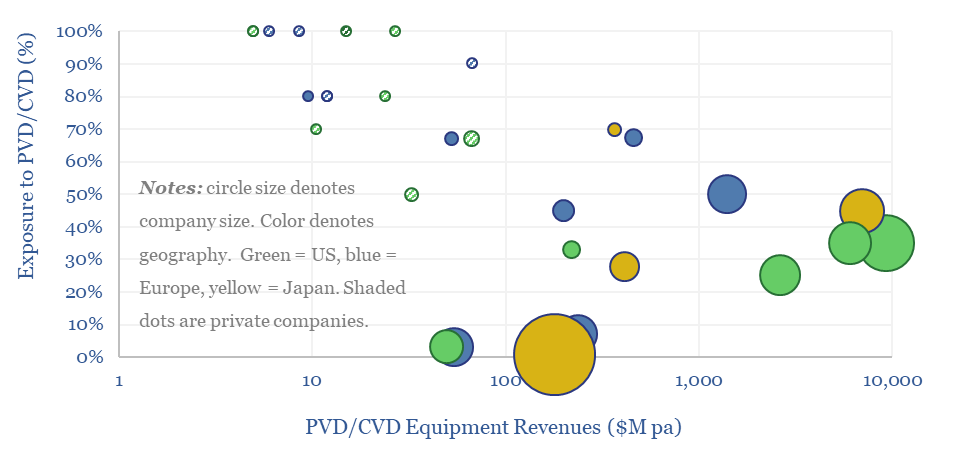
…for hardened metals, cutting tools, insulated glass and aluminized food packaging. We figured that we needed to compile this screen after reviewing LONGi‘s patents in early-2024. The technology underpinning HJTs…
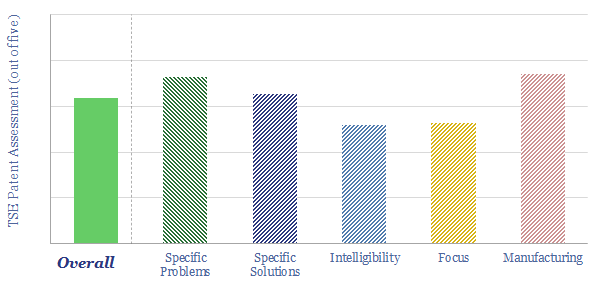
…possibly also due to food shortages. Numerically, the largest focus in Verbio’s patents was into metathesis catalysts (chart above), which is the rupturing and re-forming of C-C or C=C bonds,…
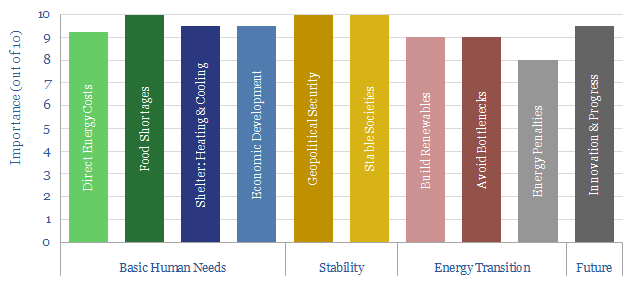
…costs are now consuming an additional 10% of global incomes. It takes 0.09 units of modern energy to create each unit of food. And the single largest cause of environmentally…
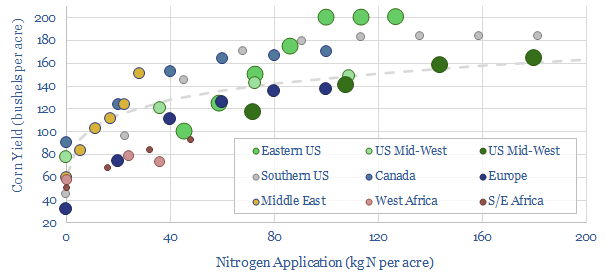
…2022-23, many decision-makers and ESG investors are asking whether energy shortages will translate into fertilizer shortages, which in turn translate into food shortages. The answer depends. A 10kg/acre cut in…
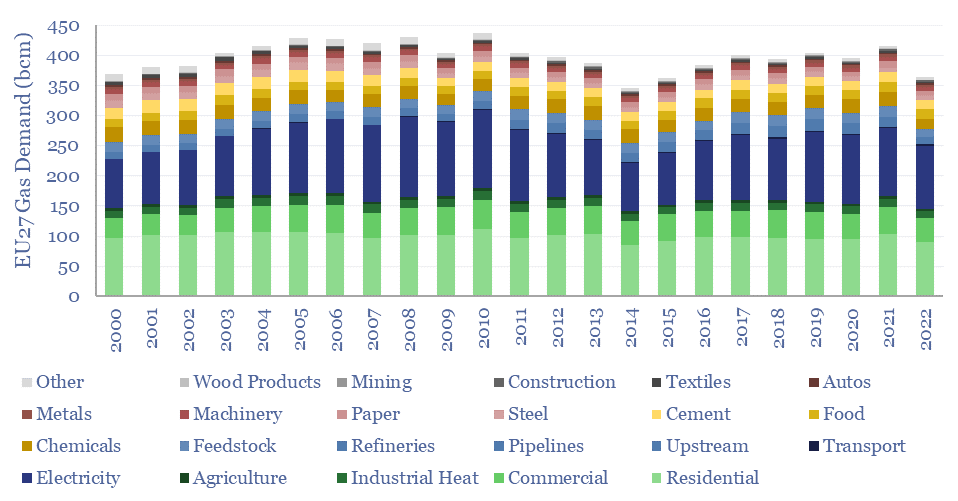
…gas itself (-1% YoY), manufacturing food products (-6%) and auto production (-6%). The biggest reductions in gas demand were refineries (-41%) and wood products (-26%) because both can readily switch…
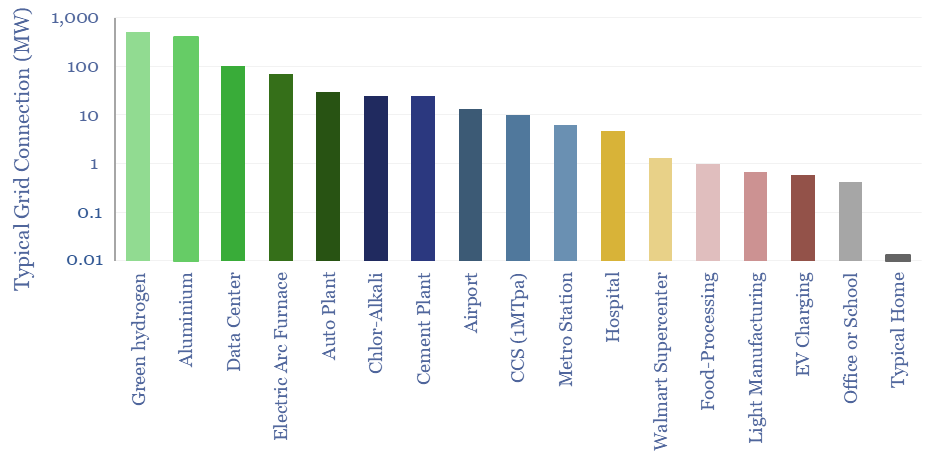
…generators (10%), solar (12%), wind (5%) and hydro (6%), and supported by 5 GWh of battery storage. Light manufacturing and food-processing facilities will also tend to have an average grid…
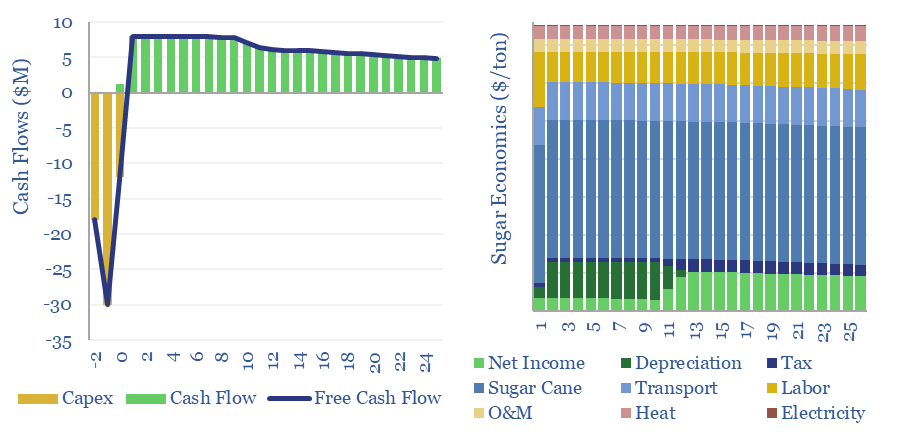
…the world’s 28bn gallons pa of bioethanol, or around 0.6Mbpd of biofuels; and as a sweetener across the world’s food system, with Western adults typically consuming 60-80 grams of added…









